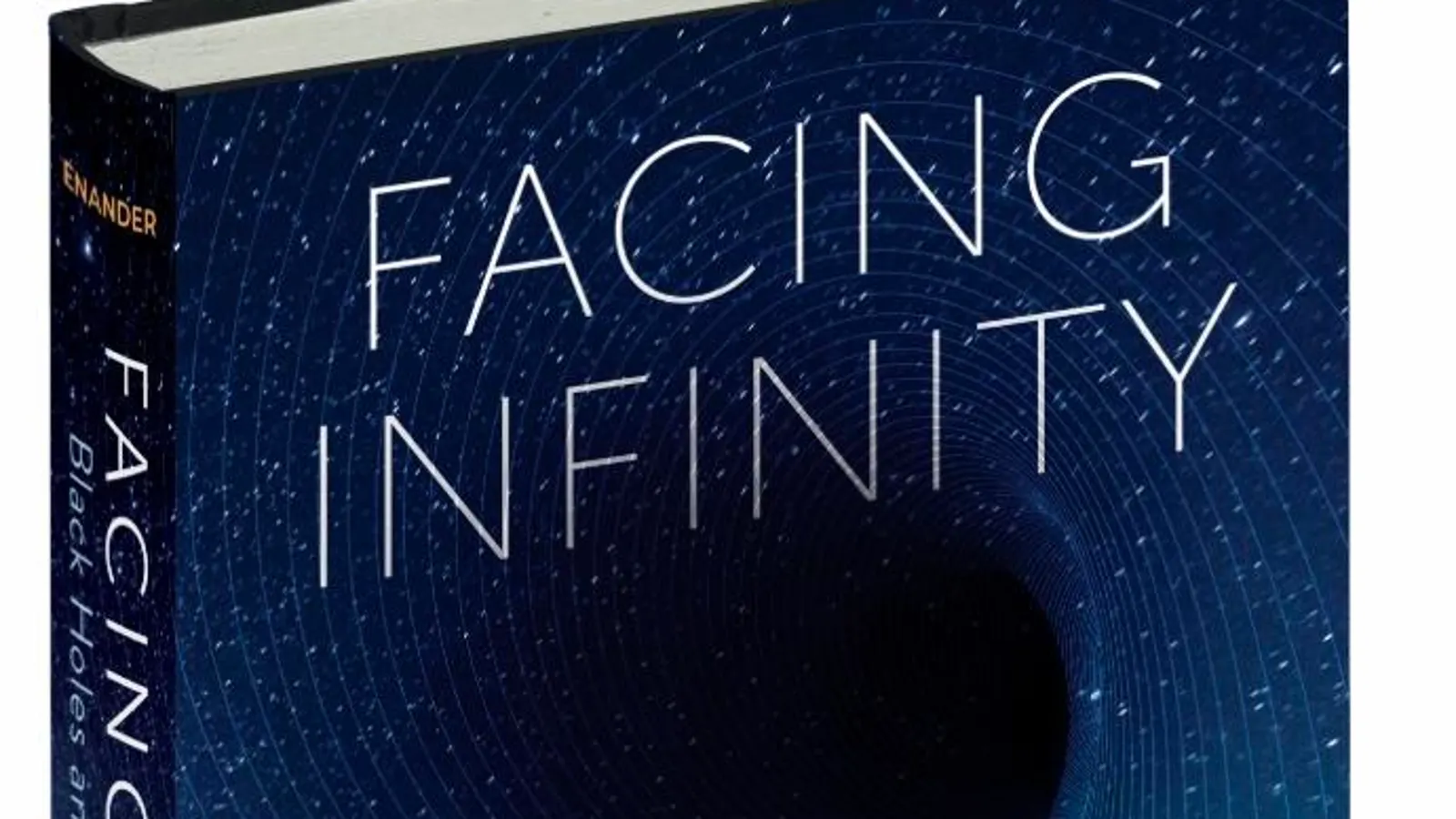By Contributor,Rebecca Coffey
Copyright forbes

FACING INFINITY
The Experiment (Publisher)
Reading Jonas Enander’s FACING INFINITY: Black Holes and Our Place on Earth, I felt like a light beam crossing the event horizon (boundary) of a black hole. Black holes are regions of space where gravity is so strong that not even light can escape them. Truly, when I fell past the “event horizon” of Enander’s book, I felt incapable of turning away from whatever it was that he wanted to tell me about gravity, spacetime, destiny, infinity, and the future.
It was because, almost right away, he asked me to imagine myself entering a black hole feet-first. If the black hole were large enough, he assured me, nothing terrifying might happen right away. Yes, even though gravity would be strong enough inside the event horizon to prevent light (and me) from crossing back out, its pull might not feel a whole lot more intense just past the event horizon than it had a second before. And if the particular black hole were millions to billions the size of the Sun, a whole hour or so might pass before something disastrous occurred. Eventually, though, something would.
Remember, in a black hole gravity becomes infinitely strong.
“You close your eyes, take a deep breath, and think about what awaits you. When you travel feet first … your lower body will feel a greater force than the upper body. You begin to be pulled apart. But it doesn’t happen the same way as on a torture rack; instead, everything in your body is drawn out, from your skeleton, your tendons and your muscles, all the way down to your nerves, cells and DNA. Luckily, you’ll feel almost nothing when it happens. From the moment you first notice the pain shoot through you, less than a second will pass before you are decimated. But unlike on Earth, where a person’s dead body can be buried, there will be nothing left of you. Your body will be dissolved into the darkness.”
The pulling is called “spaghettification”— which is to say that, immediately before you die, you will look like a noodle. Deep in darkness, the dissolved “you” will be nowhere at all. Some physicists say that, instead of being in space, you will be a moment in time in your own future. At least that’s what Albert Einstein’s general theory of relativity can be pushed to suggest. It’s a concept that requires a lot of explanation, and Enander provides it beautifully.
I’ve just described the beginning and end of FACING INFINITY. Here’s much of what comes in between the book’s covers: The history of the discovery of black holes; the physics of black holes; how scientists observe black holes; the effect of our evolving lessons from the study of black holes on the practicalities of life on Earth today; the cosmological, philosophical, political, and social questions raised by the study of black holes; the frontiers of current research about black holes; and more.
MORE FOR YOU
Of course, more. Always more. It’s a thorough book, grand and inclusive but never intimidating. Indeed, Enander’s writing is so accessible that, at times, he seems like a travel writer who just so happens to speak the local language. (He is a science journalist with a Ph.D. in Physics, having done work in cosmology and astrophysics.)
At least one current study that Enander cites suggests that that there may be about 40 quintillion (that is 40,000,000,000,000,000,000) black holes in the universe. That’s the estimate for only one universe. Who’s to say there aren’t other universes? Who’s to say that we aren’t living inside a black hole now, and that the countless black holes around us in “our” grand black hole house mysteries we’ve yet to imagine? Enander never plainly states that we may be living in a multiverse. He does, however, invite speculation, writing, “Something a number of scientists have examined … is whether black holes can harbour whole new universes.” He goes so far as to profile the work of US physicist Lee Smolin who, in the early 1990s, suggested that “every time a black hole is formed, it gives rise to a new universe.”
Clearly, learning about black holes can help us understand much about cosmology. Perhaps someday soon it could also help us all get a grip on answers to life’s truly big questions.
FACING INFINITY: Black Holes and Our Place on Earth
By Jonas Enander
Available September 9, 2025
The Experiment (New York City)
Hardcover $30.00
Editorial StandardsReprints & Permissions



